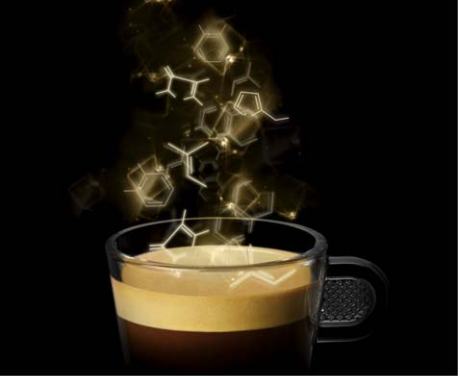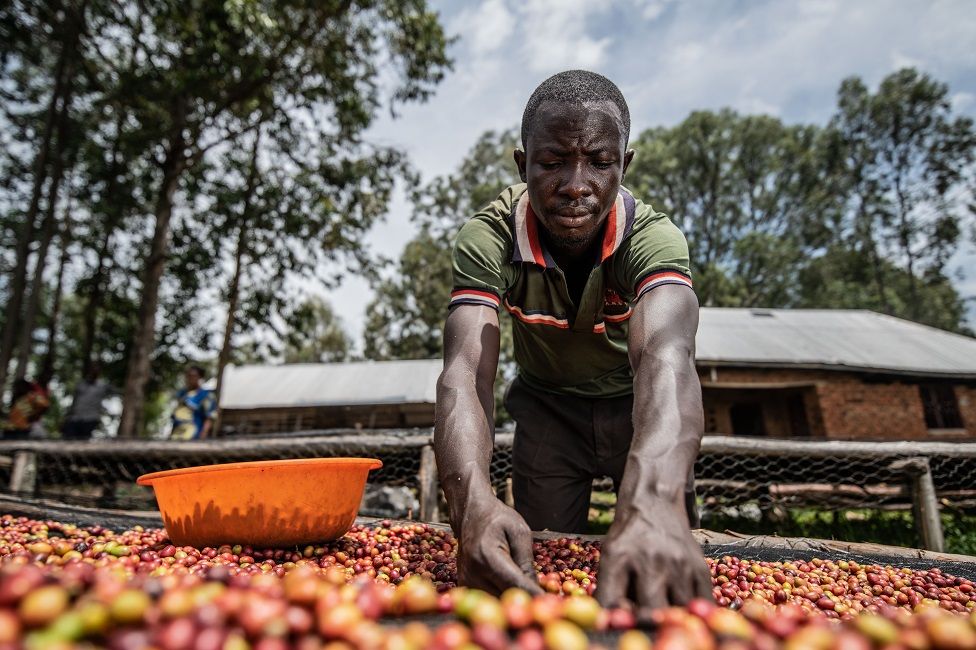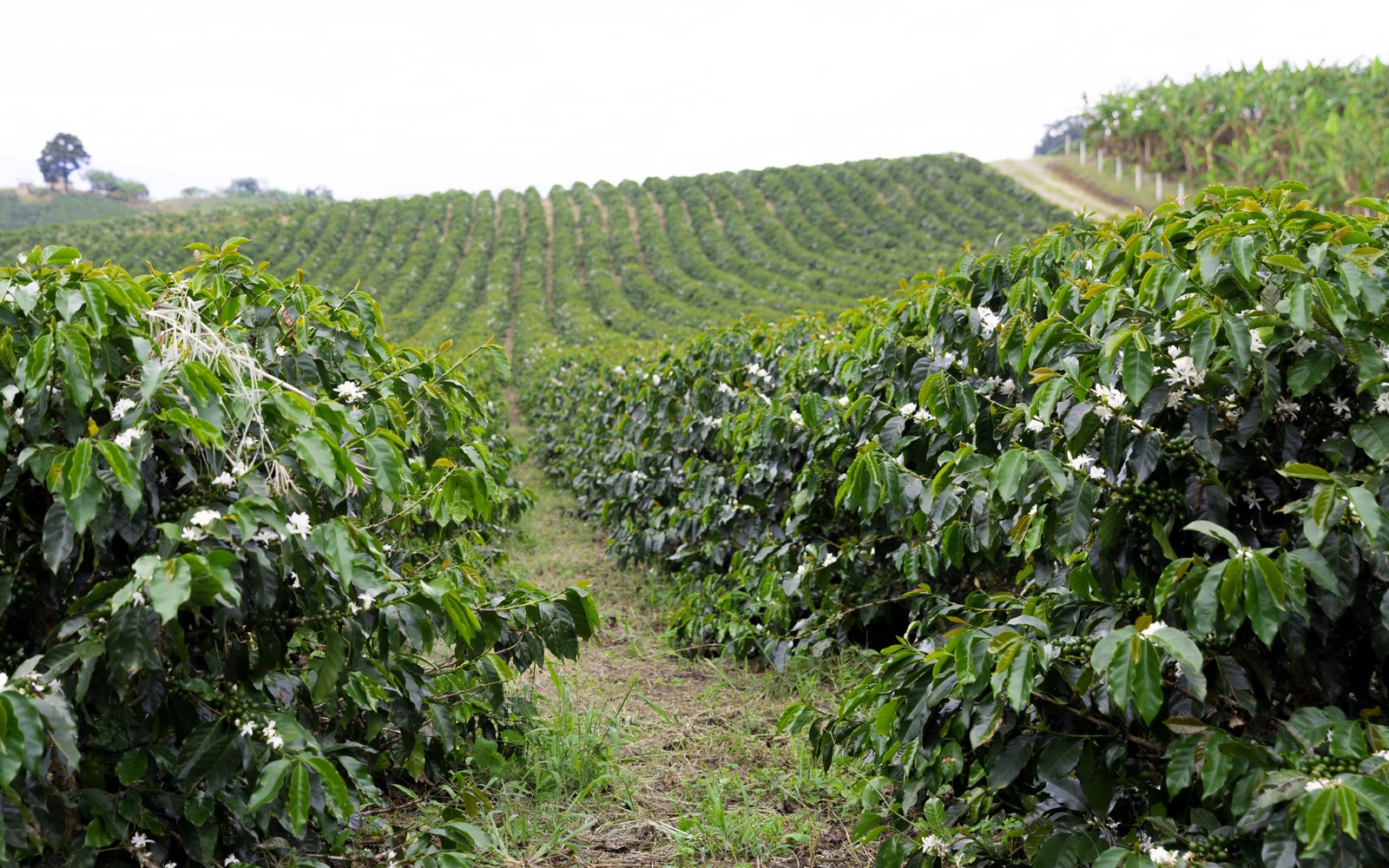How does the decaffeination process in decaf coffee take place?
VCA - Decaffeinated coffee is known as a caffeine-free coffee, is that the case and what would it taste like?
Most people drink coffee because the caffeine in it keeps them awake, and increases their ability to concentrate on work, while others who are not passionate about coffee choose tea or other drinks to stay awake for a long day. However, the intolerance of caffeine in each person's body is different and can lead to difficulty sleeping or insomnia in the evening. Caffeine-free coffee is now becoming significant.
Accepting that caffeine is a very naturally occurring substance in coffee, removing it with some people see it as an act that goes against the order of nature and they don't like it. However, about 10% of people prefer to enjoy the taste of coffee without the stimulating effect of caffeine.
Common caffeine removal characteristics
According to the USDA (United States Department of Agriculture), decaffeination doesn't mean that it's 100% caffeine-free, in fact, it can only eliminate about 97% of it. So, that means a 50 gram espresso cup contains about 120mg of caffeine, and after decaffeination, about 36mg.
A huge challenge in the decaffeination process in green coffee beans that does not affect the flavor of the coffee cup makes researchers constantly come up with different decaffeination process including using organic solvents, water-based decaffine techniques, or using super-limited carbon dioxide to decaffeinate.
Regardless of the technique used, decaffeinated coffee beans must be green coffee beans that have not undergone the roasting process. Caffeine is a water-soluble substance, so the decaffeination process will take place in water and water can also dissolve other soluble substances in coffee, so it is necessary to add decaffeinating agents to speed up the process without affecting the dissolution of other substances caused by water that affects the flavor of decaf coffee.
Roselius process
The first decaffeination process was invented by Ludwig Roselius in 1903, and patented in 1906. Legend has it that he believed that caffeine was a substance that poisoned his father when he drank too much coffee, which prompted him to seek ways to eliminate it by looking for substances that could decaffeinate it.
Ludwig Roselius. Photo: Darrin’s Coffee
In the Roselius process, green coffee beans are soaked in a saltwater solution, then he uses organic chemical compounds of benzene as solvents to extract caffeine. However, benzene was identified as a cancer-causing substance in the body, so the process was no longer used.
Methods used to eliminate caffeine
Current decaffeination techniques have been based on the Roselius process but have used other organic solvents to replace benzene or non-solvent-based decaffeination processes will be presented as follows:
Caffeine disinfection with organic solvent ethyl acetate
This method is also known as the “Natural Caffeine Removal” or the “Ethyl Acetate Method”.
Caffeine disinfection with organic solvent ethyl acetate. Photo: cafeimports
In this technique, the process is carried out in the order of the sides, with the first step the grains used are green coffee beans (1), these grains will be heated under low pressure for 30 minutes (2) and have opened the exhaust holes of the coffee allowing the extract of caffeine (3), then green coffee seeds are placed in the water solution and ethyl acetate (EA) (4), reaction occurs with the chlorogenic acid salts in the coffee, allowing caffeine extract (5). After approximately 8 hours of continuous coating of coffee beans to wash off caffeine with methyl acetate, the caffeinated solvent is discharged outside through the exhaust valve (6), the obtained green coffee bean (7) has to undergo a low-pressure suction process again to remove the remaining ethyl acetate. (8). The caffeine-free coffee is then dried, physically polished to ensure cleanliness and packaging (9).
Ethyl acetate (CH3CO2C2H5) has been identified as a naturally occurring substance because it is found in ripe fruits such as apples and black strawberries, so the use of ethyl acetate solvent is a natural decaffeination method. In fact, ethyl acetate in nature is very difficult to obtain from fruit and its cost is so the ethyl acetate used to detoxify caffeine is a synthesis of ethyl alcohol and acetic acid.
Caffeine removal process in Swiss water (SWP)
The chemical-free water decaffeination process was first introduced in Switzerland in 1933, and in 1988 the Swiss water method was introduced to the market. And the Swiss water decaffeination is the only facility in the world that is certified by OCIA and Aurora Certified Organic.
Caffeine removal process in Swiss water (SWP). Photo: propellercoffee
First, green coffee beans are soaked in very hot water to dissolve the caffeine, the water is then extracted and passed through an activated carbon filter. The spore of the filter is the size to retain caffeine and allow flavor molecules and oil to pass through it. At the end of this phase, the caffeine-free and flavorless coffee beans are in one tank, and the flavored water (called green coffee extract) is in another tank.
Coffee beans that don't contain caffeine and have no flavor will be removed, but the flavor-rich water will be used to remove the caffeine in a new piece of coffee. Since the water has been saturated with the flavoring ingredients, in the new coffee, the flavors will no longer dissolve, only caffeine will be dissolved in the water. The results showed that the coffee bean was caffeinated and retained its flavor in the grain. This method is also known as “Swiss water” decaf.
Carbon dioxide decaffeination process
CO2 decaffeination is the latest method developed by Kurt Zosel using liquid CO2 instead of chemical solvents. Coffee beans are soaked with water in an extract vessel made of stainless steel. Then a liquid CO2 under a pressure of over 450 kg and a temperature of 93ºC is pushed inside the extract vessel to extract caffeine, releasing the alkaloids without affecting other flavor compounds. The caffeine-containing CO2 is transferred to another container called the absorption chamber, in which the pressure decreases so that the CO2 from the liquid form returns to the gas recovered for later use.
Carbon dioxide decaffeination process. Photo: Biruk et al. (2019)
The carbon dioxide (CO2) decaffeination process used by selective action on caffeine is highly effective. However, the high cost is due to the use of high-pressure industrial equipment and a system with large amounts of CO2 recovered, which is rather complex so it is not widely used in the market.
Do you have a good decaf coffee?
The caffeine-decaf processes in coffee are inevitable losses of flavor compounds that contribute to the sensory properties of roasted coffee beans. Decaffeinated coffee is considered to be a hard-to-roast coffee because green coffee beans through the decaffeination process almost turn brown rather than blue, which makes it difficult for the roaster to control visually, the grains react unevenly and excessively to the heat that acts on them roasting. Decaf coffee beans tend to roast more darkly and roast faster than conventional coffee seeds.
And there's a market factor where the price of decaf coffee is almost equal to that of conventional coffee, even though it costs a lot more, the producer chooses lower-quality grains to use for decaf coffee. So decaf coffee has long been labeled as "not good" compared to conventional coffee.
Conclusion
Although most people are looking forward to the taste of coffee and the concentrated stimulating effect of caffeine, each person’s tolerance will vary, even for those who are very sensitive to caffeine, decaf coffee is the best choice for users.
Reference
Biruk Ayalew, Adugna Debela. 2019. Shade and Nitrogen Levels Affected Physiological and Leaf Characteristics of Coffee (Coffea arabicaL.) Trees
www.coffeeconfidential-org.translate.goog/health/decaffeination
www.images.cafeimports.com/Sugarcane_EA_Decaf_Diagram-2.pdf
www.propellercoffee.com/blogs/news/get-to-know-your-decaf






